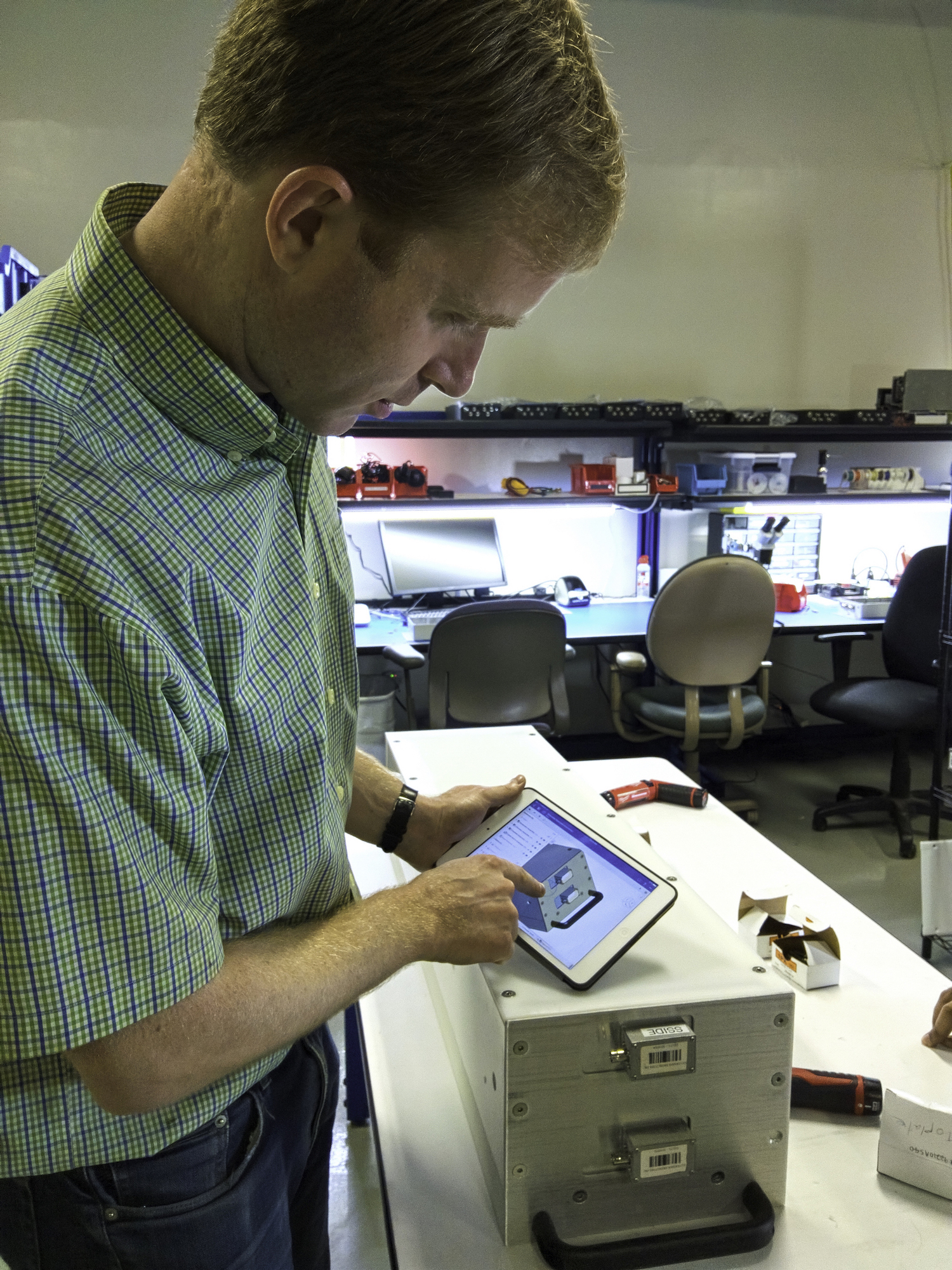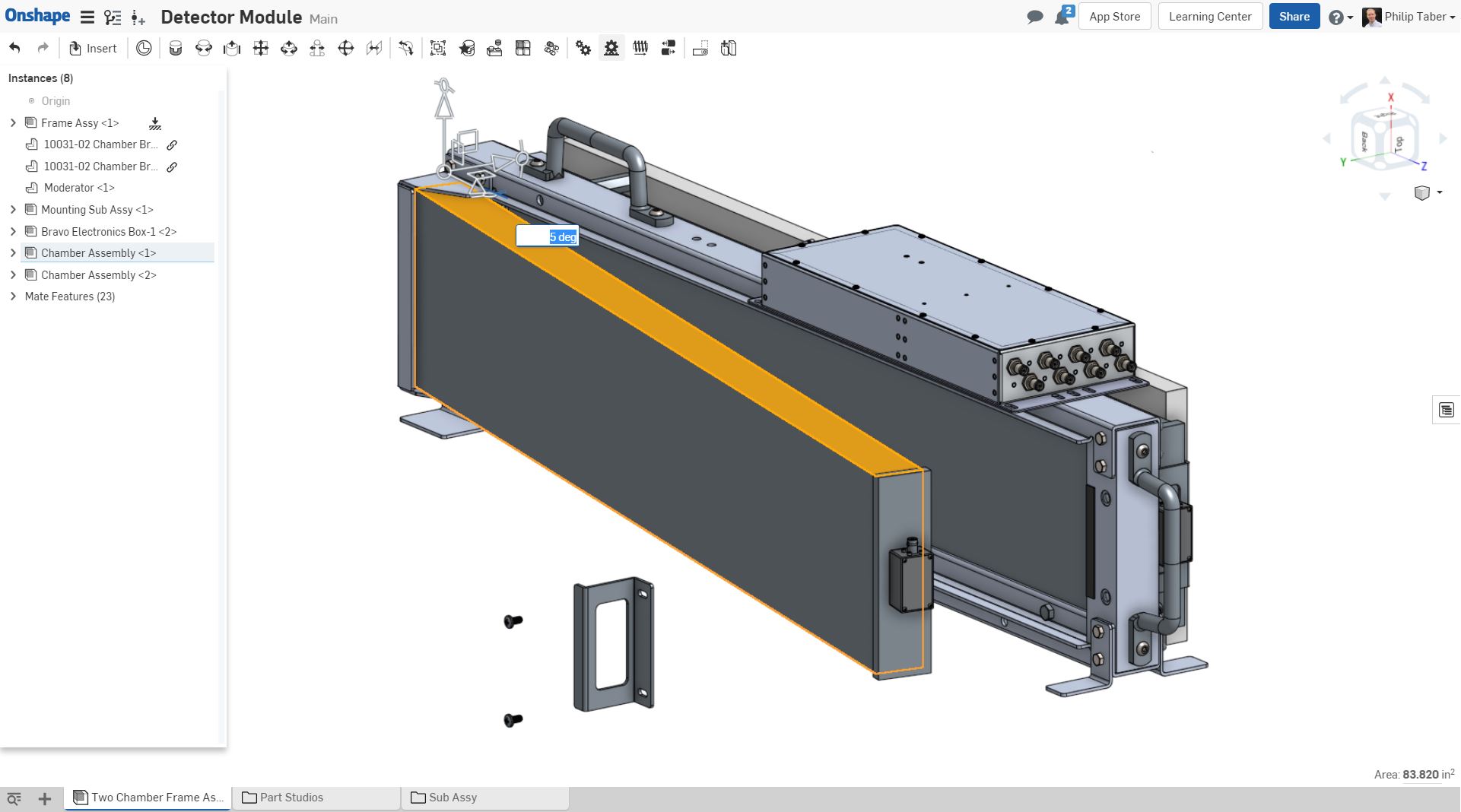Silverside Detectors, a Massachusetts-based company specializing in nuclear security, is using tools from Onshape, a cloud-based CAD software provider. The objective is to develop low-cost compact-sized nuclear radiation detectors.
Philip Taber, Silverside VP of Hardware Engineering, praised the efficiency of Onshape software, “We switched to Onshape because we urgently needed help with data management.”
“Onshape probably cuts our design time in half because we’re designing our parts together in one place versus flipping back and forth between files. We can make changes without worrying about breaking the assembly.”

DARPA’s SIGMA program
Defense Advanced Research Projects Agency (DARPA) of the U.S Department of Defense (DoD) initiated the SIGMA project, in 2014. Its aim is to protect U.S citizens against nuclear and “dirty bomb” (a regular bomb packed with radioactive material) attacks.
Program Manager and Applied Physicist at DARPA, Dr. Vincent Tang, states, “The SIGMA program aims to revolutionize detection and deterrent capabilities for countering nuclear terrorism.”
Tang further elaborates, “A key component of SIGMA thus involves developing novel approaches to achieve low-cost, high-efficiency, packaged radiation detectors with spectroscopic gamma and neutron sensing capability.”
Nuclear radiation detection
Helium-3 is an isotope of the helium gas. It is non-radioactive and is used in the detection of nuclear radiation.
In recent years, due to the increased threat of nuclear terrorism, the demand of helium-3 has peaked, which has resulted in a shortage of the isotope. In 2001, the demand of helium-3 was 8,000 liters per year, whereas in 2008 it went up to 80,000 liters/year, decreasing the accumulated stockpile of the isotope.
One way to counter this problem is using elements other than the helium-3 and developing smaller radiation sensors. Silverside Detectors, working on the SIGMA program and partly funded by DARPA, has a solution. The company wants to build a lithium-based (Li-6) neutron detectors, which is compact in size and cost-effective.

Leveraging 3D technology
Use of 3D printing in nuclear science is not new. As has been previously reported, the U.S. Department of Energy has also been involved in projects, such as 3D printing sensors for nuclear turbines.
Now, Onshape with its 3D software capabilities will help Silverside Detectors speed up the development of the Li-6 nuclear radiation detector.
Jon Hirschtick, CEO of Onshape further added, “Silverside Detectors is genuinely making the world a much safer place … We’re proud that Onshape is playing a role in speeding up the production of their nuclear radiation detectors and getting them deployed on the ground as quickly as possible.”
3D Printing Awards 2019 will be held soon. Please fill in the form to make nominations.
For more news on how 3D printing is impacting the wider world, subscribe to our 3D printing newsletter. You can also follow us on social media, Facebook and Twitter.
Looking for a job? Our 3D Printing Jobs site has plenty of options for you.
Featured image shows a 3D model of a Silverside neutron detector. Image via Silverside Detectors


